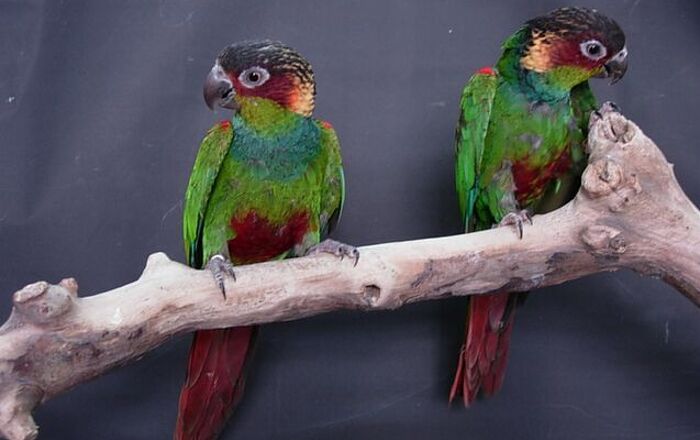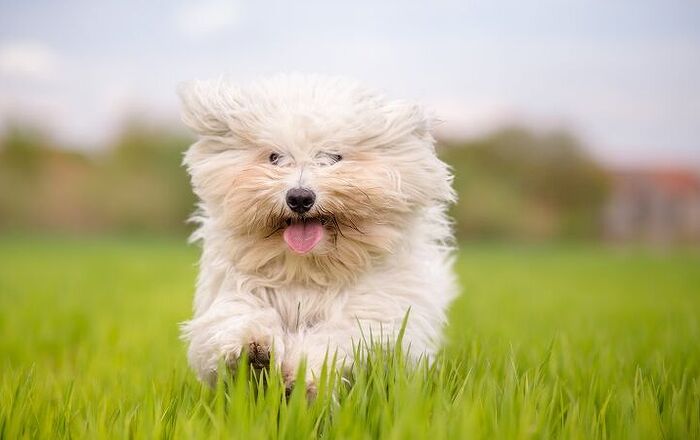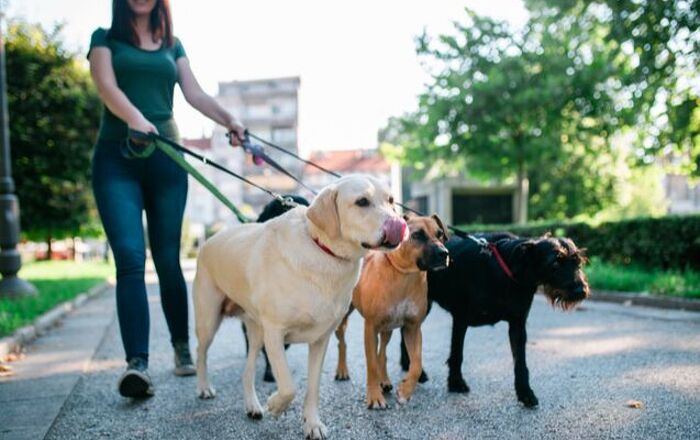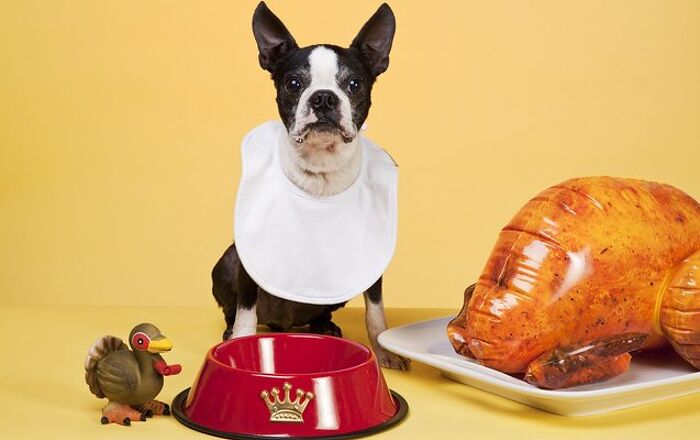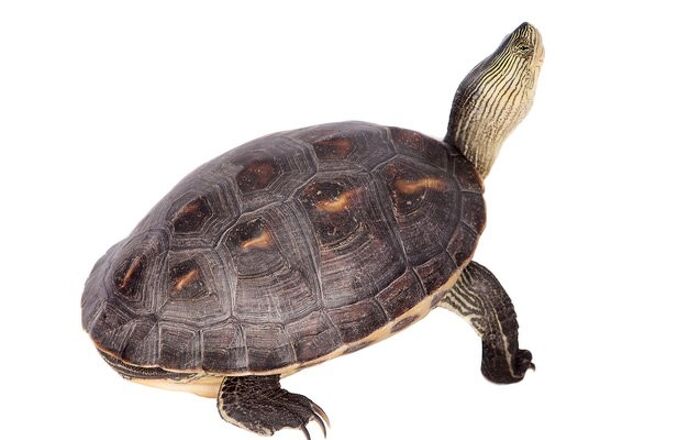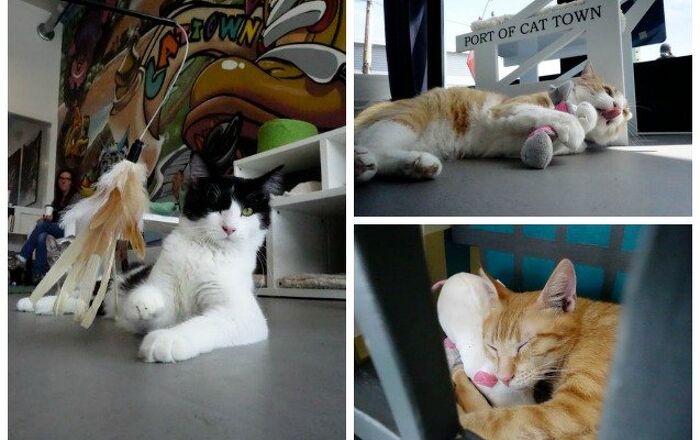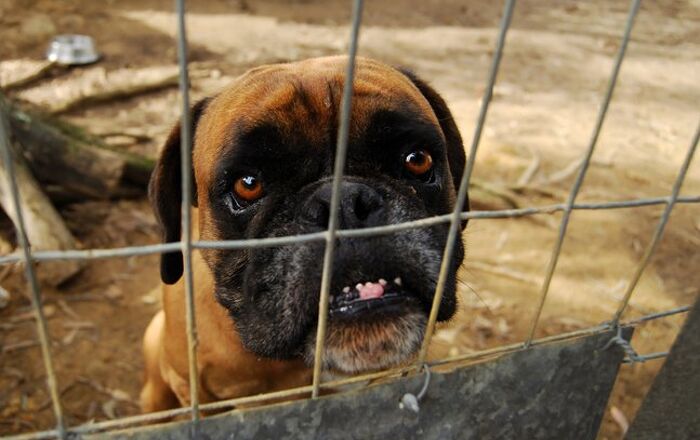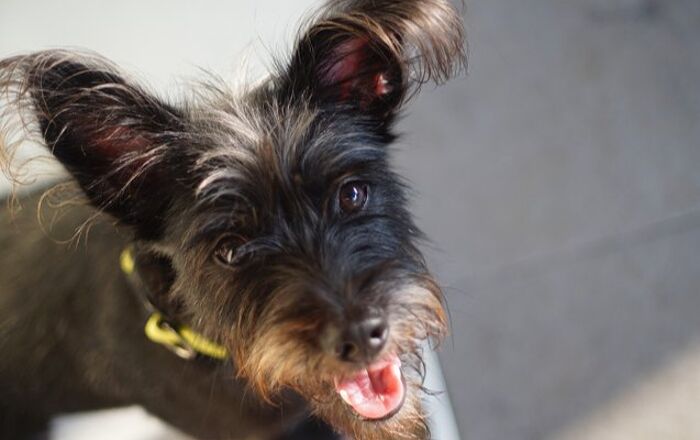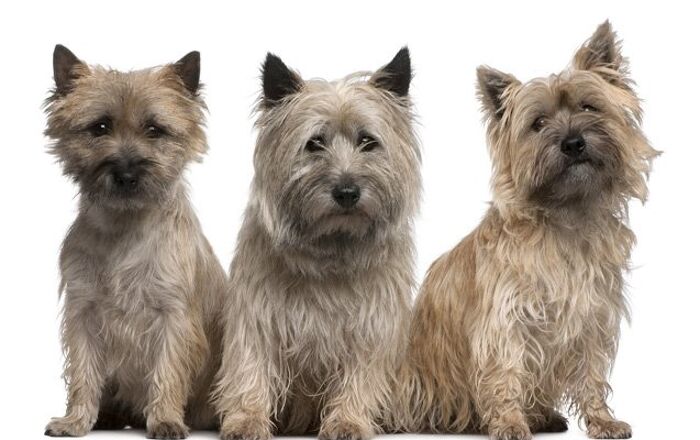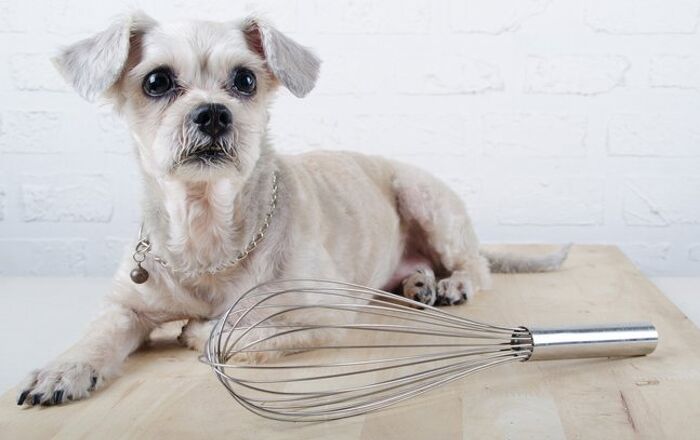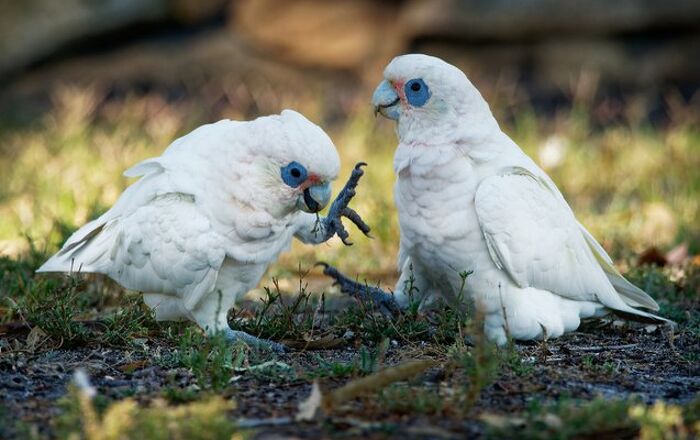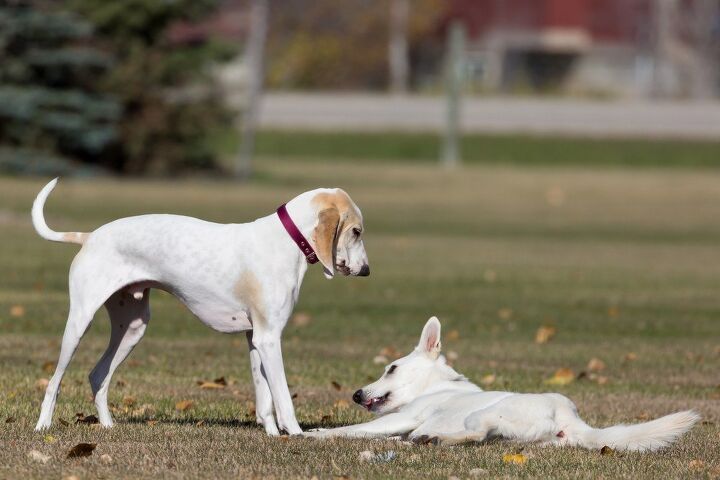
Porcelaine Basics
Unique in both name and appearance, the Porcelaine is thought to be one of the oldest French scent hounds. This dog has a white, shining coat and a statuesque appearance that suits its name. These dogs were developed for hunting hare, deer, and wild boar but they are gentle and easy to handle in the home. If you are looking for a unique, family-friendly breed, the Porcelaine may be one to consider.
The Porcelaine is thought to be one of the oldest French scent hounds.
Origin
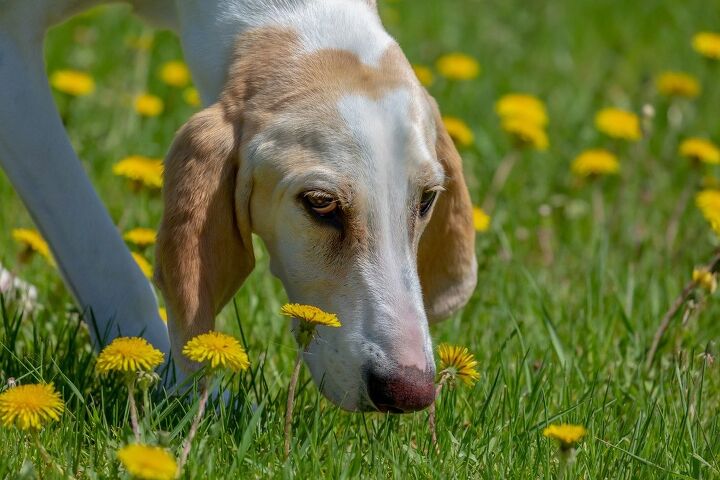
Believed to be the oldest of the French scent hounds, the Porcelaine is also known as the Chien de Franche-Comté. This breed is thought to be a descendant of the English Harrier along with the now-extinct Montaimboef and some of the smaller Laufhounds. The earliest records of the breed date back for 1845 in France and 1880 in Switzerland. For a while, the breed disappeared in the aftermath of the French Revolution but it has seen been revived. Breed enthusiasts are currently working to have the Porcelaine accepted but numbers are still very low.
Pedigree
The Porcelaine is thought to have been developed from English Harriers along with some of the smaller Laufhounds of Switzerland and the Montaimbouef, now extinct.
Food/Diet
As a large-breed dog, the Porcelaine should be fed a high-quality dry food formulated for large breeds. Because the Porcelaine breed was developed specifically for hunting, however, he may also do well on an active or working breed formula.
Though the Porcelaine is a sizable breed, he has a gentle temperament and is generally fairly easy to handle.
Training
Though the Porcelaine is a sizable breed, he has a gentle temperament and is generally fairly easy to handle. These dogs were bred to hunt in packs, so they tend to get along well with other dogs and they do well with firm, consistent handling. The Porcelaine is able to hunt independently without orders but he remains a fairly obedient dog in the home environment. These dogs require a great deal of mental and physical exercise to prevent the development of problem behaviors as well as early training to prevent them from becoming willful.
Weight
The Porcelaine is a large-breed dog, standing between 21.5 and 22.5 inches for females and 22 to 23.5 inches for males. These dogs weigh 55 to 62 pounds at maturity.
Temperament/Behavior
As a hound breed, the Porcelaine can be somewhat willful or independent at times, though he is never aggressive or outright disobedient. These dogs are gentle by nature in the home and with family but energetic and fierce when hunting. This breed is brave and sociable but will bark at suspicious noises, though he doesn’t tend to do well as a watchdog. He needs a firm and consistent hand in leadership to control his willful tendencies as well as plenty of daily exercise to prevent problem behaviors. Overall, the Porcelaine does well with other dogs and children which makes him a good family pet.
Common Health Problems
The Porcelaine is generally a healthy breed with no significant health problems to report. Like all dogs, however, he may be prone to certain conditions which may include ear infections, field injuries, hip dysplasia, and bloat.
Life Expectancy
The average lifespan for the Porcelaine is thought to be about 12 to 13 years which is about average for a breed of its size. To maximize your Porcelaine’s lifespan, be sure to feed him a healthy, high-quality diet formulated for large-breed dogs or active breeds.
Exercise Requirements
As a hound breed, the Porcelaine is highly active and needs a great deal of daily exercise. This breed requires at least an hour of vigorous exercise each day and will appreciate having a fenced yard in which to run and play.
The Porcelaine can be somewhat willful or independent at times, though he is never aggressive or outright disobedient.
AKC
The Porcelaine is not currently recognized by the AKC but he is part of the Foundation Stock Service (FSS) and is recognized by the FCI. The FCI classifies him in Group 6 as a Scenthound.
Coat
The Porcelaine gets its name from its white, shining coat. These dogs have solid white coats made up of very fine hairs that are very short, though there may be some orange spots on the body and ears. The coat is thick and close-fitting, though it should not be so thick as to warrant a fault from the United Kennel Club. The Porcelaine’s short coat sheds dirt easily and he sheds moderately, so brushing twice weekly is usually sufficient for grooming.
Puppies
The average litter size for the Porcelaine is about 3 to 6 puppies. The breed’s hunting instincts develop early, so socialization and training are essential from a young age. It is also important to feed puppies a large-breed formula to prevent them from growing too quickly – overgrowth may increase the dog’s risk for musculoskeletal issues in adulthood.
Photo credit: GerryP/Shutterstock

